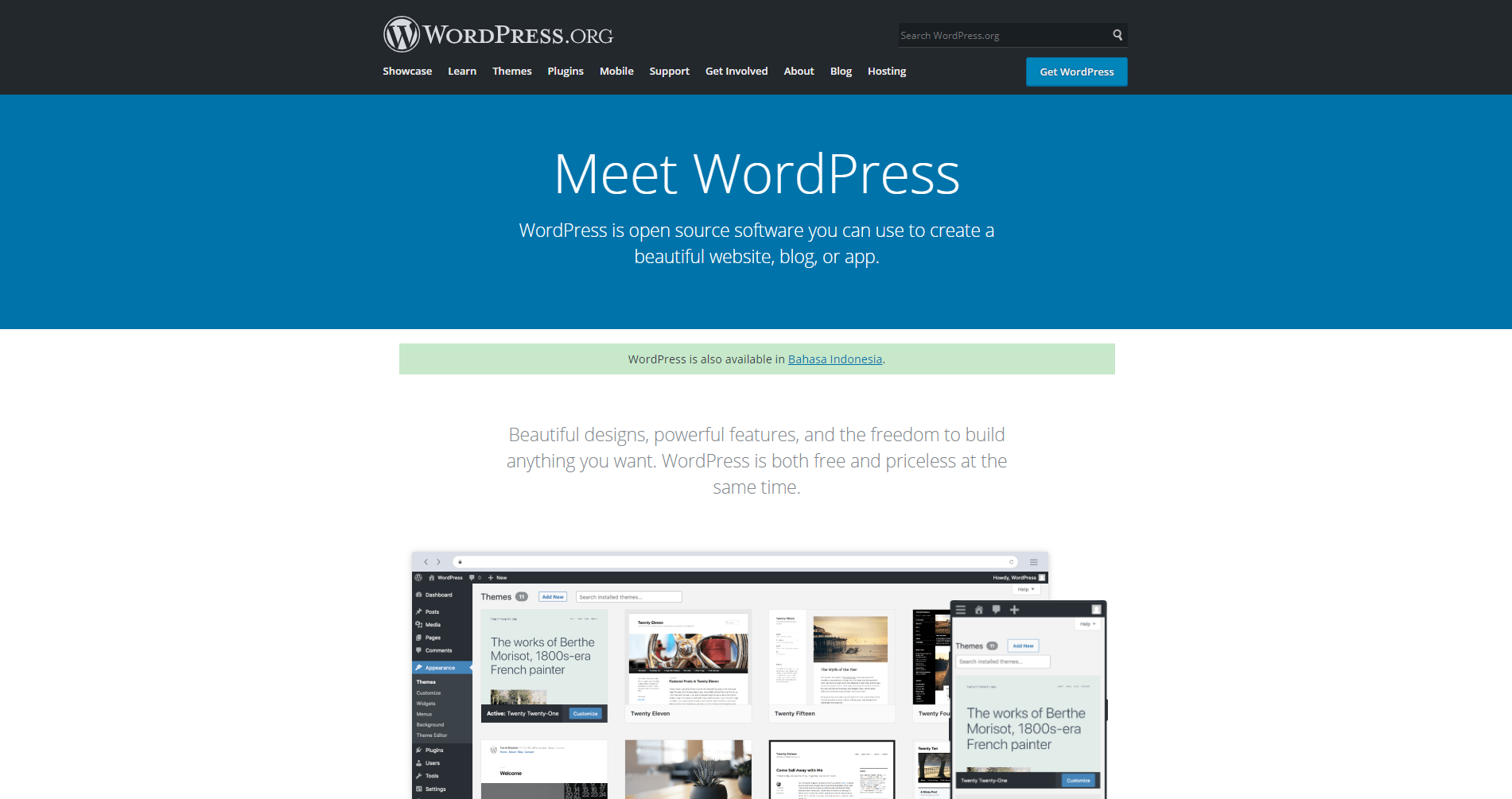Employee engagement is the degree to which an employee feels connected to and committed to a company they work for. Employee engagement has turned into a crucial driver of business success in the current competitive marketplace. High engagement levels encourage retention of top talent, foster customer loyalty, and elevate organizational performance and stakeholder value.
The workforce determines the quality of the workplace and the organization’s future. So the more engaged your employees are, the better for the organization.
If you don’t know how to go about motivating and engaging your employees, then read below about certain employee engagement strategies that can ensure a better workplace.
Make Your Employees Feel Appreciated
Before we dive into the employee engagement strategies, it is essential to highlight the importance of ensuring that your employees feel valued and appreciated. According to a study, a whopping 66% of employees say that they would quit their job if they felt undervalued. This shows that business owners must do their best to make their staff feel more engaged and appreciated.
To boost employee appreciation, make it your top priority to create a culture of acknowledgment. You can do so by encouraging managers and employees to write personal notes to coworkers in which they express gratitude for their efforts and explain why and how they’re important to the overall success of the company. You can also never go wrong with the traditional gift-giving for holidays, birthdays, or special occasions as this is always a thoughtful gesture.
You can consider gifting various gift boxes like chocolate boxes or fancy alcohol gift baskets that can lift their spirits and motivate them to give their maximum all while feeling appreciated for their efforts.
Encourage Skills Development and Career Life
Offering opportunities for career development within your organization should be one of the major focuses within HR departments today. Make it possible for your employees to develop within the company.
This will lead to more satisfied employees who feel they have a chance to grow. Moreover, providing opportunities for professional development will appeal to prospective candidates who want to apply for a job at your company and start working for you. Employees’ ability to upgrade their skills and advance their careers within a company is usually one of the leading and most popular employee benefits.
Corporate Culture

The organizational culture and leadership of the top management are important factors for a committed work environment. The responsibility of top management should be aimed at driving the organization in the right direction and at the same time creating a good culture where employees thrive and feel good.
When it comes to increasing engagement among employees, a good tip is to start by taking stress-related issues seriously. Employees who often experience stress are less loyal to their employer and are more likely to change. So, think about what the work assignments look like in your organization and what needs to be done to ensure that top talents are engaged and don’t want to leave.
The Team and Coworkers
Coworkers and teams have a great impact on how employees thrive and their engagement levels. Social well-being in the workplace is an important driving force for employee engagement.
During the pandemic, the majority of employees have experienced that social working life with colleagues has deteriorated. One challenge many employers now face is to strengthen the community and cooperation once the majority of employees return to their office desks.
Openness to Feedback
Asking your employees for feedback through employee surveys is an important tool for measuring how they feel and how well you as an employer succeed in creating a good work environment that promotes employee engagement and loyalty. Employee surveys are an important piece of the puzzle for internal communication where employees are given a chance to comment. As an employer, it allows you to listen, absorb and implement improvements in the organization.
Finally, you must constantly measure your efforts. To understand and show that what you do creates change, you need to be able to visualize your success. Without data, you are more likely to wander in the dark and act on a gut feeling and individual conclusions. So, start measuring your employee engagement through feedback. It’s only when you measure and use data that you can be sure that you are on the right track when it comes to taking your employee engagement to the next level.
Final Thoughts
Deciding to boost your employee engagement is a huge win for your organization. By implementing the abovementioned strategies, you’ll soon come to see the positive impact highly engaged employees can have on your business and overall success.
Just remember to regularly measure employee engagement, remain open to suggestions, and adjust your strategy if needed.



















